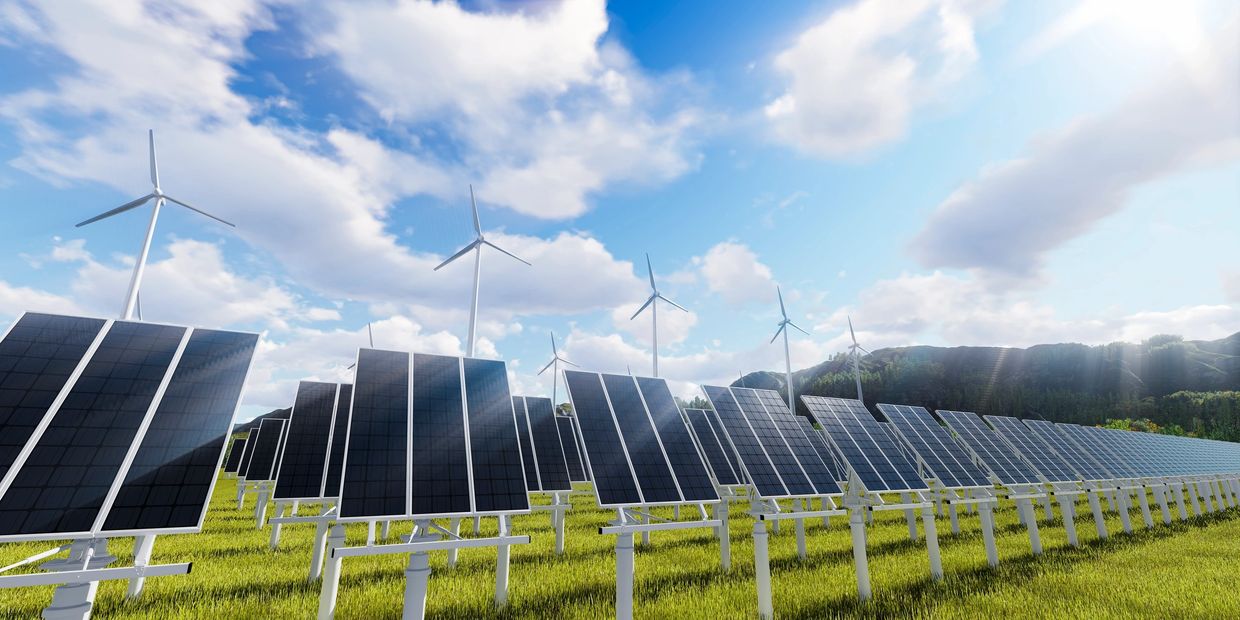
Energy & Power
Innovative Solutions for Your Business
In the ever-evolving landscape of Energy & Power, innovation and sustainability are paramount. Our company is dedicated to empowering organizations to navigate the challenges of modern energy demands through strategic insights, technological advancements, and customized solutions. We collaborate with industry leaders to optimize processes, enhance operational efficiencies, and adopt renewable and alternative energy sources, ensuring a resilient and future-focused energy strategy. By leveraging our comprehensive expertise and a history of impactful projects, we help clients transform their energy frameworks to not only meet today's challenges but also to thrive in tomorrow's dynamic market.
Find Out More
Have a question or want to learn more about our services? Reach out to us today and we'll be happy to help.
Past Projects & Collaborations

ENERGY, EXERGY AND EXERGO-ECONOMIC CHARACTERISTICS OF HYDROGEN ENRICHED HYDROCARBON-BASED FUELS IN A PREMIXED BURNER
This study numerically analyzed hydrogen-enriched conventional fuels (methane, natural gas, propane, LPG, biogas) in a premixed burner. Hydrogen addition increased both energy efficiency and exergy performance, with biogas showing the greatest improvement. The results highlight the importance of base fuel composition and suggest that hydrogen enrichment of biogas is highly promising for cleaner, more efficient combustion.

COMBUSTION PERFORMANCE OF HYDROGEN-ENRICHED FUELS IN A PREMIXED BURNER
This project examined how adding varying amounts of hydrogen to common gaseous fuels (methane, propane, LPG, natural gas) affects premixed burner performance. Numerical simulations showed that hydrogen enrichment generally boosts combustion efficiency and lowers unburnt HC and CO emissions, though the impact can depend on specific fuel compositions.

COMPARISON OF CONVENTIONAL AND MODIFIED BURNERS IN PERFORMANCE WITH DIFFERENT FUELS USING A LINEAR AND A NON-LINEAR EDDY-VISCOSITY TURBULENCE MODEL
This project tackles reducing emissions (CO, unburnt HC, NOx) and boosting combustion efficiency in industrial burners. By modifying furnace and burner designs to incorporate preheated air and flue gas recirculation (FGR), Burner-1 achieved notably lower emissions. The study also showed that choosing between linear and non-linear turbulence models can significantly influence predicted emission outcomes.

EFFECT OF THE GEOMETRICAL PARAMETERS IN A DOMESTIC BURNER WITH CRESCENT FLAME CHANNELS FOR AN OPTIMAL TEMPERATURE DISTRIBUTION AND THERMAL EFFICIENCY
This project used numerical simulations to optimize a crescent-flame domestic burner by adjusting burner diameter and the distance between cooker and burner head. With methane fuel, results showed that increasing both diameter and distance improves temperature distribution on the cooker's surface and reduces emissions (CO, NO, and unburnt HC).

AN INVESTIGATION INTO THE COMBUSTION PERFORMANCE OF COOKTOP BURNERS: EFFECTS OF DESIGN PARAMETERS AND FUEL TYPES
This study numerically examined a cooktop burner using propane, natural gas, hydrogen, and three biogas blends at varying inlet pressures and fuel channel diameters. Results showed that hydrogen offered the highest efficiency (about 50% above average), but also had the highest NO emissions. Natural gas provided the highest surface temperature (8% above average), yet generated notable unburnt hydrocarbon emissions. Biogas cases featured cooler flames due to lower calorific value. Adjusting the fuel channel diameter significantly impacted NO emissions, highlighting its importance for optimizing performance and emissions.


